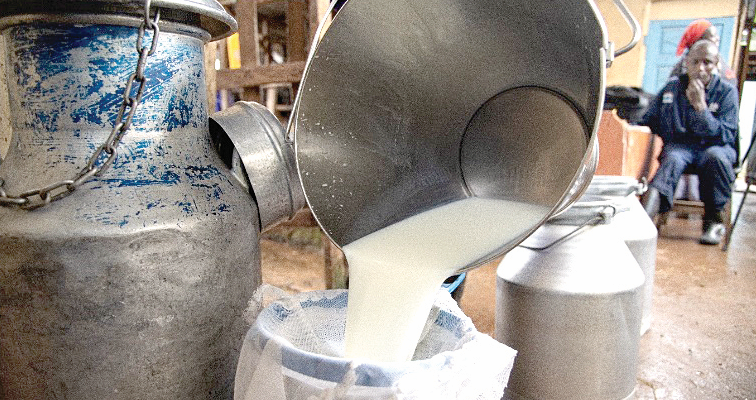Rising middle class fuels growth of small-scale dairy firms in rural areas
By Nicholas Waitathu, May 7, 2025Dairy farmers are staring at new economic opportunities as the growing middle class increases demand for dairy products, thus enabling them to escape from grinding poverty.
As the middle class expands, so does their consumption of milk and other dairy items, driving up demand and potentially boosting farm incomes.
Counties are experiencing rapid urbanisation and attracting the middle class deployed by the national government and private organisations to work in their facilities like institutes of higher learning, manufacturing units and regional distribution business offices.
According to the United States of America Development Organisation, Heifer International (HF), the development of the local dairy sector promises a brighter future, saying it has the potential to end poverty, among other economic challenges facing farmers.
Agnes Kavatha, HF Digitisation and Farmer Visibility Project manager, said the organisation has worked with farmers in the dairy sector and contributed to a reduction of poverty.
“We have worked with farmers in various value chains to enhance food production to end hunger. In the dairy sector, we have incorporated the latest technology, thus contributing to reduction of the cost of production at the farm level,” she said.
Kavatha noted that over and above infrastructure development, the government and private sector have continued to invest in institutes of higher learning, setting up manufacturing units, and triggering new settlement patterns by the middle class.
Echoing the sentiments, Kiplimo Langat, Nandi County CEC in charge of Agriculture and Cooperative Development, said the growth of the middle class has led to high demand of milk and the growth of small-scale dairy firms in the rural areas.
“We have witnessed a positive response by our small dairy scale farmers who are supplying milk to the new institutions and middle class residing in the new urban centres. Improvement of the roads has equally supported farmers to deliver milk without much struggle,” he said at his office during a courtesy call by Heifer International officials.
The collapse of Kenya Cooperative Creameries (KCC) in the late 1990s, Langat said, was a devastating scenario to the small-scale farmers, opening the market to milk hawkers and large-scale dairy companies.
Among regions that suffered most in terms of loss of milk market was Nandi, with farmers shifting to other economic activities like tea, coffee and horticulture. Kavatha disclosed that HF’s facilitation to small-scale farmers has been through equipment acquisition, governance improvement and creating new opportunities to increase daily income.
Langat confirmed plans by Nandi County Government to support the dairy industry and help it realise the target of increasing production to 300 million litres of milk per day from the 43 dairy cooperative societies that support 150,000 households.
Also to be prioritised is the revival of dairy cooperative societies so that farmers can enjoy economies of scale as well as tackling other economic challenges, for example, poverty, unemployment, insecurity and low development. All 43 dairy cooperative societies recently formed the Nandi Dairy Cooperative Union.
More Articles

